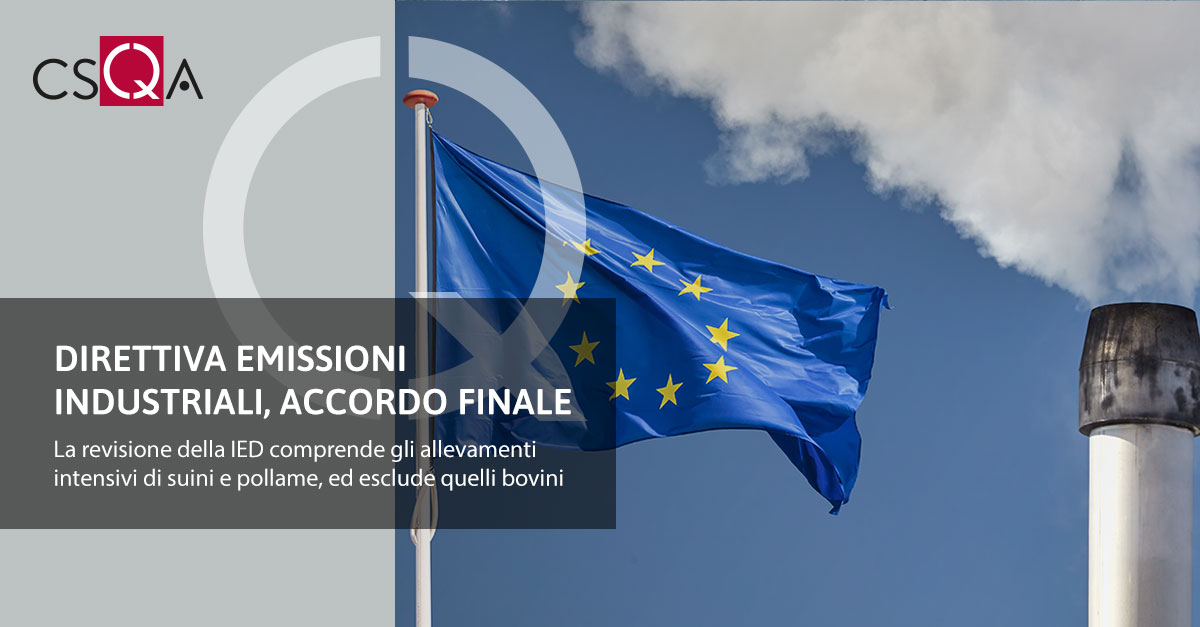
What is the Industrial Emissions Directive for?
The objective of the IED, since its introduction in 2010, is to combat water, air and soil pollution as it is harmful to human health and ecosystems. It has so far covered around 50,000 industrial facilities across Europe , which are collectively responsible for 20% of all EU air and water pollutants and 40% of the Union's total greenhouse gas emissions .The revised IED strengthened environmental protection by introducing more restrictive limits on all greenhouse gases and pollutants. But it expanded the scope of the directive very little, with a very heated clash involving intensive cattle farming, which remained excluded.
The key points of the new IED
The agreement introduces the concept of environmental performance limit values (EPLV), which the competent authorities will have to set in the authorization authorizing the construction and operation of the plants.The new Industrial Emissions Directive will make it mandatory to establish the most stringent emission levels achievable , and the same applies to all energy resources.
It will therefore force industrial plants to focus more on efficiency and the reuse of energy , water and materials, improving the old directive on circularity.
The goals also look directly at environmental protection and are calibrated to promote the use of safer, less toxic or non-toxic chemicals in industrial processes.
On the water front, the new IED will make water consumption objectives mandatory, with the aim of combating water scarcity more effectively.
The text also introduces new targets regarding waste .
There is also news regarding transparency . An “EU Industrial Emissions Portal” is established through which citizens can access data on all permits and local polluting activities.
The obligation to adopt electronic authorization systems is introduced by 2035 at the latest.
Industries that exceed emission and polluting limits will be subject to administrative sanctions and, for the most serious cases, fines of up to 3% of annual turnover are foreseen. And for citizens whose health is damaged by the breaches , the right to request compensation is introduced.
The zootechnics node
Much of the debate on the new Industrial Emissions Directive has focused on expanding coverage to include cattle farms. The final agreement between the two co-legislators spares cattle , which will remain outside the scope of the directive.Pig farms with more than 350 livestock units (LSU) fall within the IED directive. Companies that raise pigs extensively or organically and outdoors for a significant period of time during the year are excluded .
For poultry it would apply to farms with laying hens with more than 300 LUs and to farms with broiler chickens with more than 280 LUs .
For companies that raise both pigs and poultry the limit will be 380 Lsu.
The new rules will only come into force in 2030.
The decision on cattle and their emissions is postponed until 2026.
Date by which the Commission will have to evaluate how to best deal with emissions generated by livestock farming, as well as those from agricultural products placed on the EU market (therefore not subject to FDI), hypothesizing a "reciprocity clause" that does not penalize European agriculture. (Source: https://www.rinnovabili.it/ )